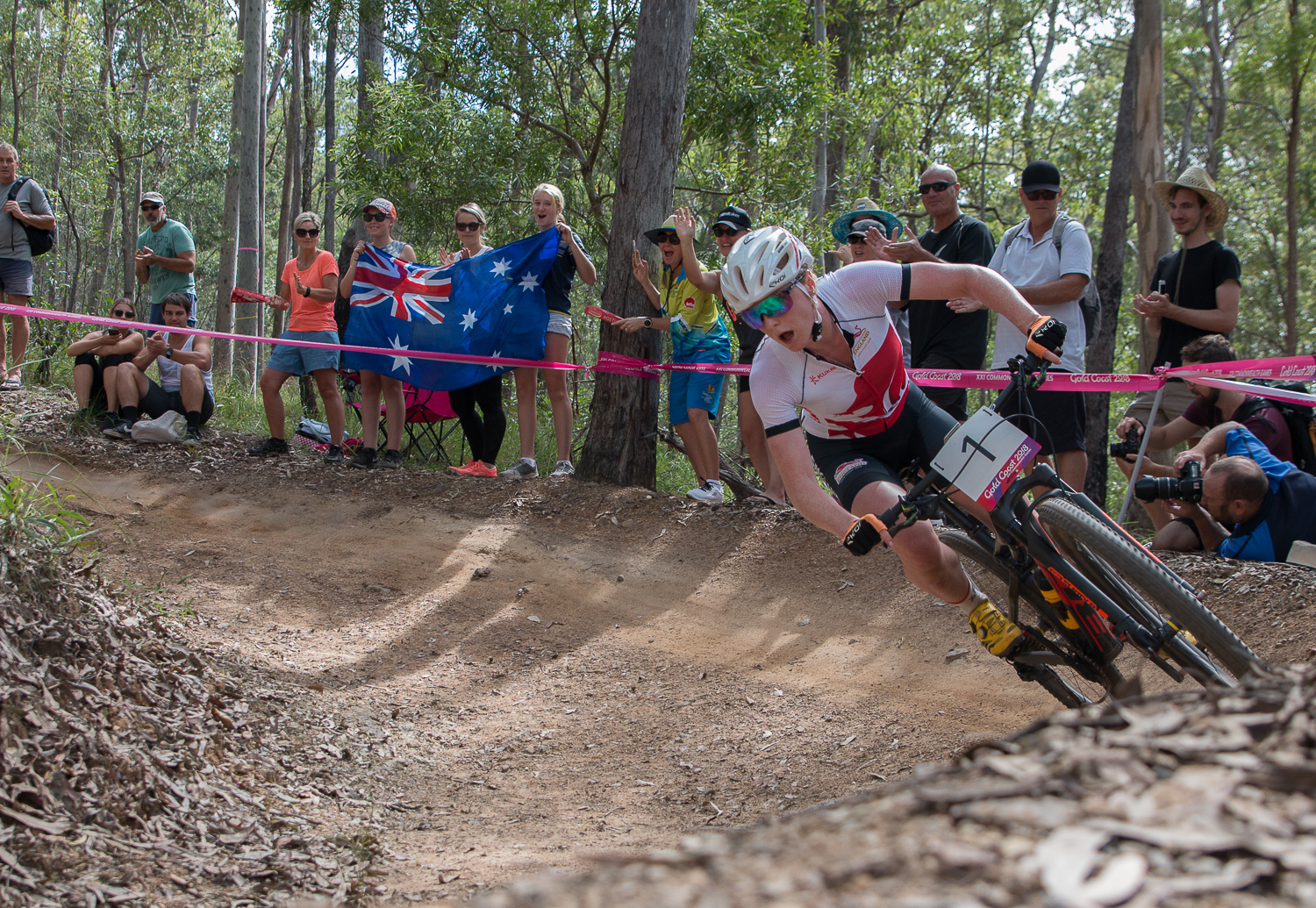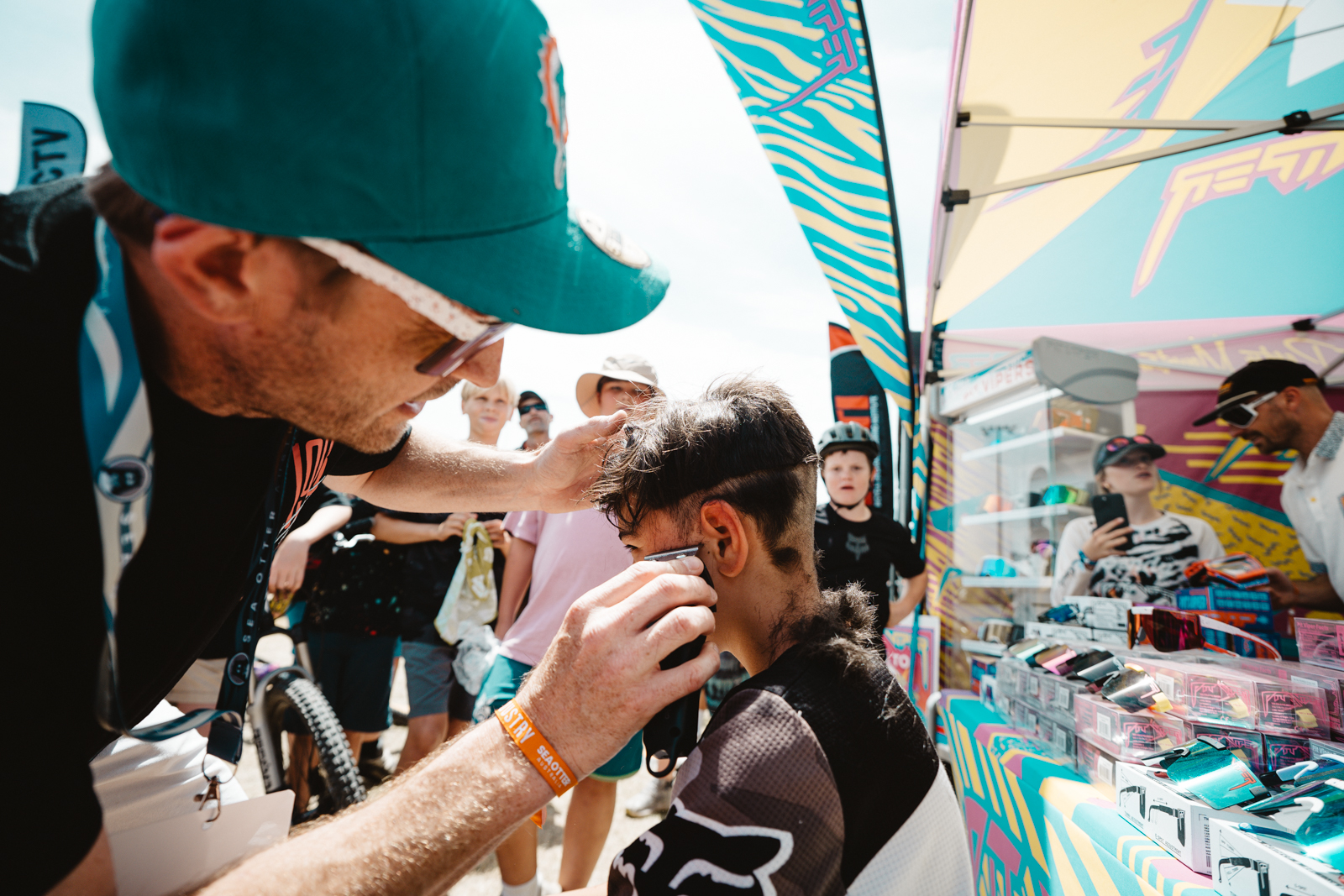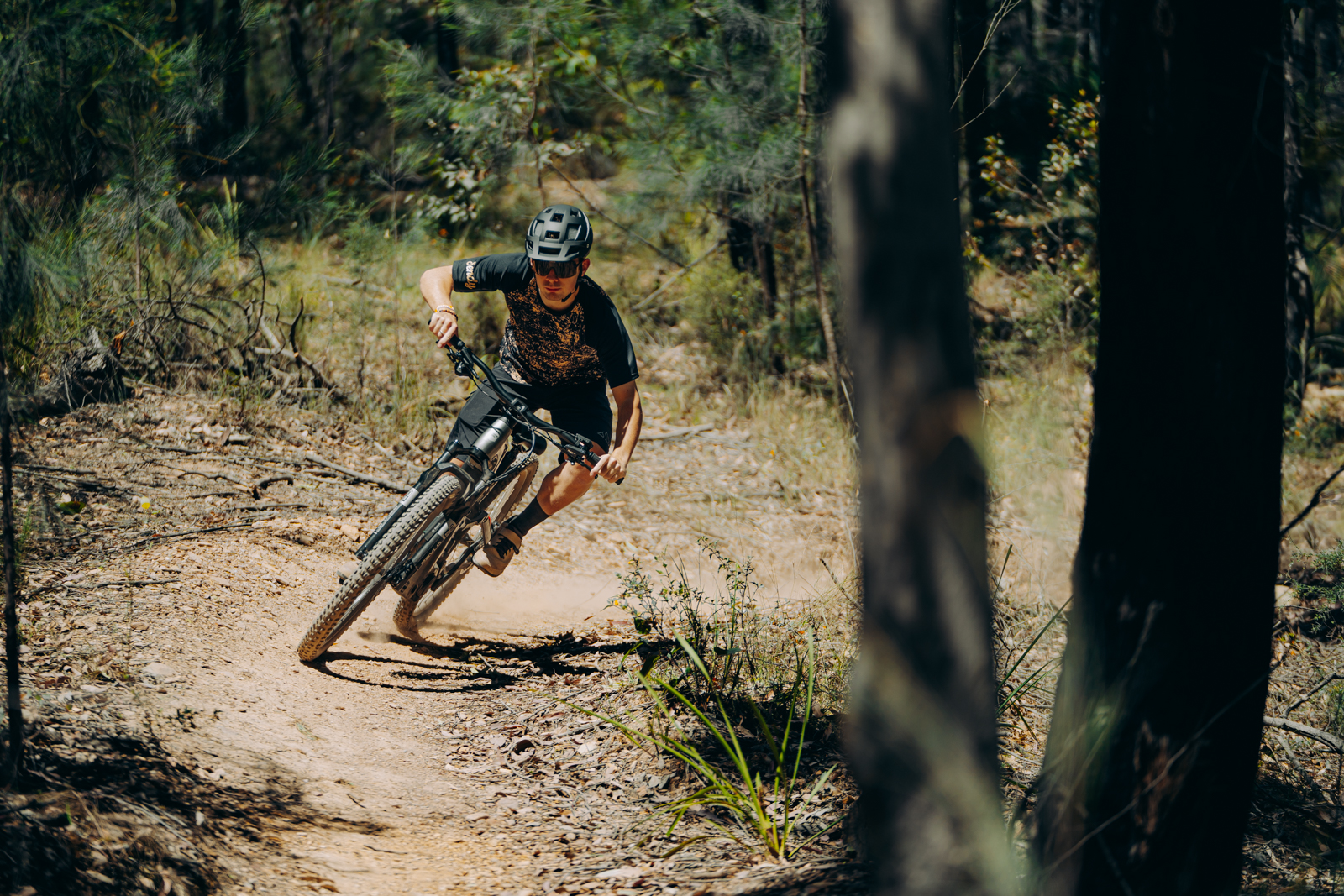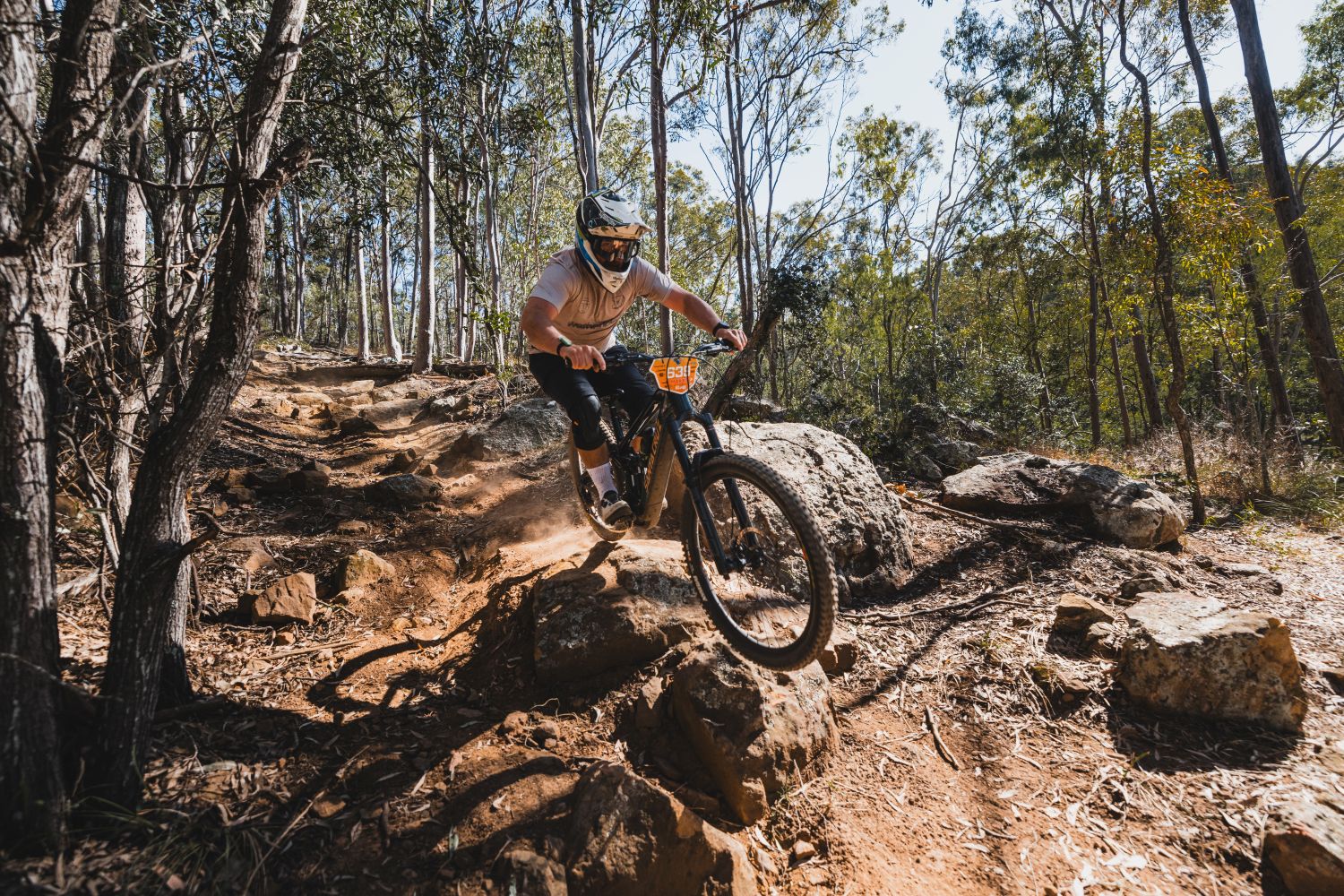Female vs male athletes: same, same or different?
Most information about nutrition for athletes tends to be generic or based on male requirements. Instead, this is one for the girls.
Words: Zoe Wilson
Just like Wonder Woman and Superman have different super powers; women and men have different needs for energy, protein and some nutrients like iron on a day-to-day basis. These differences are mainly due to body composition and hormones (Wonder Woman and Superman don’t look the same after all). There are also other issues like under-eating, menstruation and bone health that are important for female athletes that often aren’t talked about or well explained. So, let’s dive in and take a closer look.
Energy and protein needs
Energy, protein and carbohydrate needs are based on how much muscle and fat you have. Up until puberty, girls and boys bodies are really very similar (despite the obvious differences in anatomy). However after puberty, body composition changes mean that women and men are very different.

Testosterone leads men to generally have a larger muscle mass and lower body fat percentage and higher VO2 max than women. For women, oestrogen prepares women for child bearing by helping them store fat. This difference in body fat doesn’t change for athletes; it’s just that body fat percentage gets lower. For example, the lower end of the acceptable fat percentage for female athletes is 14% which is considerably higher than the lower level for male athletes with 6%.
As muscle burns more energy at rest than fat, these differences in body composition add up to the fact that men burn more energy than women. In fact, some studies looking at endurance athletes found females burnt approximately 75% of the calories of men when exercising moderately for an hour. The problem is that predicting energy requirements is tricky. How much you need to eat each day depends not only on gender, but also on age, family history, dietary choices, level of daily activity and stress. What we do know is that women need to eat less than men if all else remains the same (annoying, I know).
Protein requirements for women are about 10-20% lower than men. Protein requirements appear to be about 1.0-1.1g per kilogram of body weight for moderate intensity endurance athletes training for 45-60 minutes four to five times a week, right up to 1.3-1.5g per kilogram of body weight for elite endurance athletes.
Under-nutrition – The Female Athlete Triad
Whilst the Female Athlete Triad might sound like a drug cartel; it’s actually a combination of three components particularly important to the health of female athletes: energy availability (eating enough), menstrual function and bone strength. Women who do not eat enough on a daily basis to fuel their training and daily needs for their body to function put themselves at risk of interrupting their menstrual cycle (amenorrhoea) and at risk of bone loss which can lead to osteoporosis in the long term.

Basically, if you don’t eat enough, your body tries to preserve muscle and keep itself going by altering hormones to save energy. Part of this process involves stopping menstruation and pulling calcium out of your bones, which is irreversible and why stress fractures are a common and very concerning symptom of the Female Athlete Triad.
If you want to calculate your requirements for energy and nutrients like protein, visit the Nutrient Reference Values Government site HERE
Simply taking a preventative supplement won’t do the job for this one, a holistic review of your diet quantity and quality is necessary. The vitamins and minerals most likely to be low in the diets of active women are iron, zinc, calcium, vitamin D and B-vitamins especially if energy is restricted. If you’re worried that you may be undereating or your period has stopped, then discussing this with a sports doctor and dietitian is really important to minimise the long term damage to bone health.
Iron
Surprisingly, the amount of vitamins and minerals women and men need each day is very similar; however, iron is an exception. Iron is an essential nutrient the forms the basis of red blood cells and helps to transport oxygen around the body. Due to menstruation, women have a higher requirement for iron than men. In fact, women who have not gone through menopause have more than double the requirements for iron (18mg/day) compared to men and post-menopausal women (8mg/day) due to blood loss.
For active females, energy intakes less than 1,800 kcal/day make it difficult to get the dietary nutrients required for energy metabolism, maintenance of bone and blood, and general health.
Heavy exercise increases iron requirements for both men and women, but this is more likely to be a problem for athletes doing weight bearing exercise like endurance running, rather than non-weight bearing exercise like cycling. The best sources of iron are meat, chicken and fish, but iron is also found in grains and leafy green vegies, it’s just not absorbed as easily.
Recommendations are for women to have a wide variety of foods and to include red meat 3-4 times a week. If you are feeling particularly tired, have hit a wall with training or are not recovering from sessions as easily as you used to, it’s worth getting your iron (and other bloods) checked.
If you’re over 50, nutrient needs change again. It’s recommended you eat more calcium for bone health and omega-3s for brain function and to reduce inflammation. See a sports dietitian who can help figure out exactly what your body needs.
To good health
Nutrition for the female athlete comes down to three key things: eat enough; eat a wide variety of foods, and; ask for help if you’re not sure. This is especially important if you have dietary restrictions, a family history of specific diseases that you’re worried about, or are unsure if you’re eating enough or too much. A sports dietitian is the best place to start, as they can help you figure out your day-to-day nutrition needs and also help you maximise your race nutrition plan.






